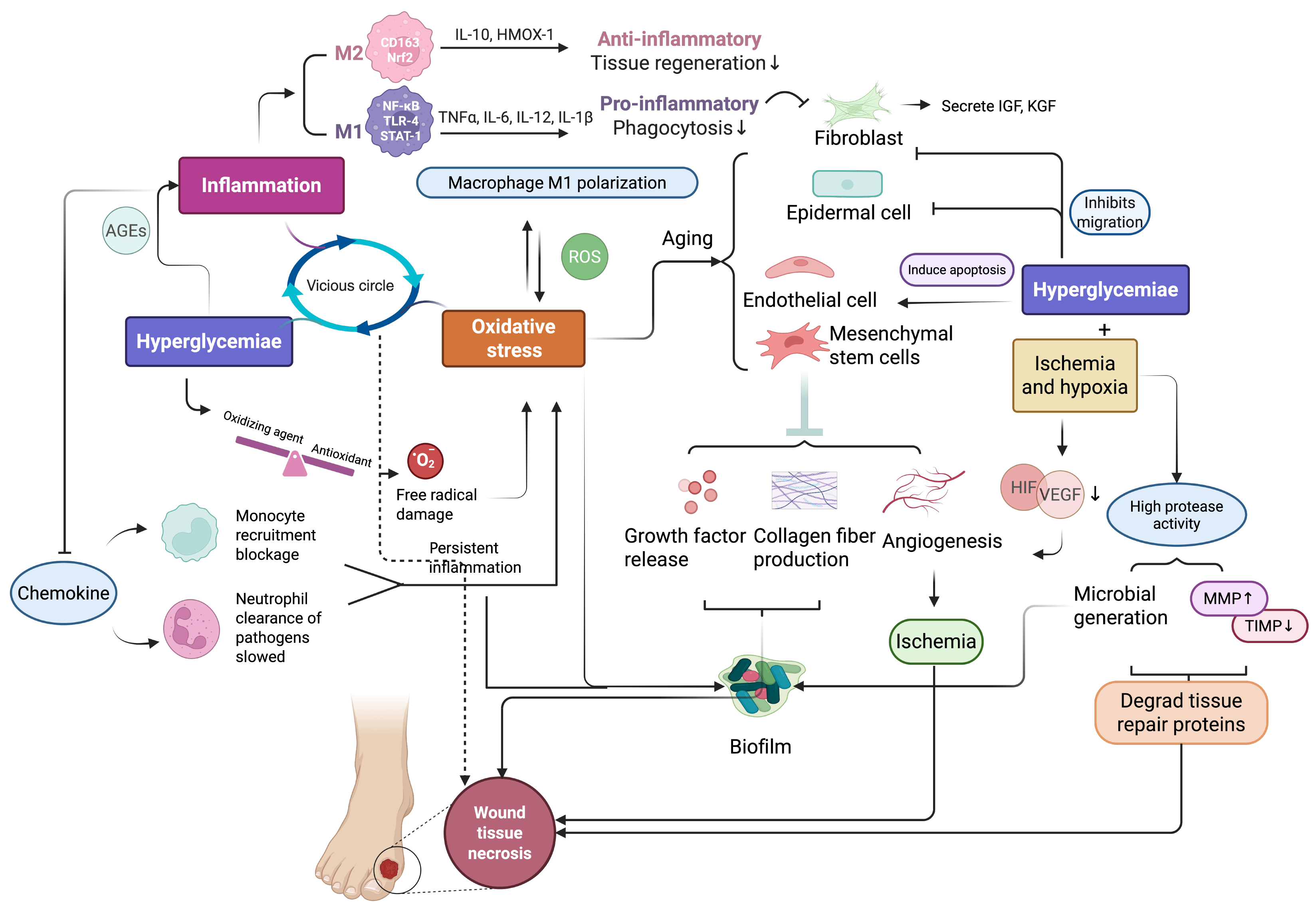Copyright
©The Author(s) 2025.
World J Diabetes. Nov 15, 2025; 16(11): 111400
Published online Nov 15, 2025. doi: 10.4239/wjd.v16.i11.111400
Published online Nov 15, 2025. doi: 10.4239/wjd.v16.i11.111400
Figure 1 Crosstalk between oxidative stress and inflammatory signaling pathways.
AGE: Advanced glycation end-products; ARE: Antioxidant response element; ERK: Extracellular signal-regulated kinase; HMGB1: High mobility group box 1; IRAK: Interleukin-1 receptor-associated kinase; JAK: Janus kinase; JNK: C-Jun N-terminal kinase; Keap1: Kelch-like ECH-associated protein 1; MAPK: Mitogen-activated protein kinase; MEK: Mitogen-activated extracellular signal-regulated kinase; NF-κB: Nuclear factor kappa-B; NEMO: NF-κB essential modulator; Nrf2: Nuclear factor erythroid 2-related factor 2;PI3K: Phosphoinositide 3-kinase; STAT3: Signal transducer and activator of transcription 3; TAB: TAK1-binding protein; TAK: Transforming growth factor-β activated kinase; TLR: Toll-like Receptor; TRAF6 TNF receptor-associated factor 6; Tyk2: Tyrosine kinase 2. Created in BioRender.
Figure 2 Interactions between oxidative stress and inflammation in diabetic wounds.
Hyperglycemia-induced oxidative stress and inflammation synergistically disrupt multiple stages of the wound healing process, including immune cell recruitment, angiogenesis, fibroblast activation, and extracellular matrix remodeling. These processes impair re-epithelialization and prolong chronic wound states. The interplay between M1/M2 macrophage polarization, ischemia, biofilm formation, and mesenchymal stem cell dysfunction further reinforces a self-perpetuating cycle of delayed tissue repair within the diabetic microenvironment. HIF: Hypoxia-inducible factor; HMOX-1: Heme oxygenase 1; IGF: Insulin-like growth factor; KGF: Keratinocyte growth factor; MMP: Matrix metalloproteinase; ROS: Reactive oxygen species; TIMP: Tissue inhibitor of metalloproteinases; VEGF: Vascular endothelial growth factor. Created in BioRender.
Figure 3 Natural compounds and their mechanisms in promoting diabetic wound healing.
T-AOC: Total antioxidant capacity; MCP-1: Monocyte chemoattractant protein-1; GCLC: Glutamate-cysteine ligase; 8-OHdG: 8-oxo-2'-deoxyguanosine; TRX: Thioredoxin; SIRT1/PGC-1α: Silent information regulator/Peroxisome proliferator-activated receptor-γ coactivator-1α; AMP-AMPK: Adenosine 5‘-monophosphate-activated protein kinase; G-CSF: Granulocyte colony-stimulating factor; M-CSF: Macrophage colony-stimulating factor; ECAR: Extracellular acidification rate; glycoPER: Glycolytic proton efflux rate; Rho/ROCK: Ras homolog gene/Rho-associated coiled-coil-forming protein kinase; STAT6: Signal transducer and activator of transcription 6; HOMA-IR: Homeostatic model assessment of insulin resistance; ASC: Apoptosis - associated speck - like protein containing a CARD; PPAR-γ: Peroxisome proliferator-activated receptor gamma; Bcl: B-cell lymphoma; TAS: Total antioxidant status; TOS: Total oxidant status; CXCL: C-X-C Motif chemokine ligand; IFN-γ: Interferon-γ; 8-iso-PG: 8-isoprostane; VCAM-1: Vascular cell adhesion molecule 1; COX2: Cyclooxygenase-2.
- Citation: Guo YL, Niu WJ, Jiao HR, Li YP, Xu C, Zhou X, Wang J. Crosstalk between oxidative stress and inflammatory pathways: Natural therapeutic approaches for diabetic wound healing. World J Diabetes 2025; 16(11): 111400
- URL: https://www.wjgnet.com/1948-9358/full/v16/i11/111400.htm
- DOI: https://dx.doi.org/10.4239/wjd.v16.i11.111400















